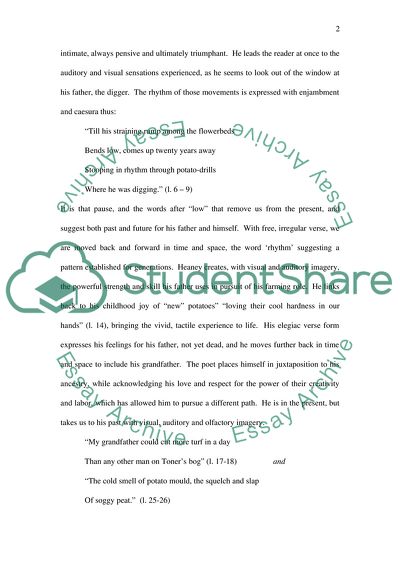Cite this document
(A Comparison of Digging by Seamus Heaney and The Thought Fox by Ted Hu Essay, n.d.)
A Comparison of Digging by Seamus Heaney and The Thought Fox by Ted Hu Essay. Retrieved from https://studentshare.org/literature/1707131-a-comparitive-paper-of-2000-words-comparing-ted-hughess-the-thought-fox-with-seamus-heaneys-digging
A Comparison of Digging by Seamus Heaney and The Thought Fox by Ted Hu Essay. Retrieved from https://studentshare.org/literature/1707131-a-comparitive-paper-of-2000-words-comparing-ted-hughess-the-thought-fox-with-seamus-heaneys-digging
(A Comparison of Digging by Seamus Heaney and The Thought Fox by Ted Hu Essay)
A Comparison of Digging by Seamus Heaney and The Thought Fox by Ted Hu Essay. https://studentshare.org/literature/1707131-a-comparitive-paper-of-2000-words-comparing-ted-hughess-the-thought-fox-with-seamus-heaneys-digging.
A Comparison of Digging by Seamus Heaney and The Thought Fox by Ted Hu Essay. https://studentshare.org/literature/1707131-a-comparitive-paper-of-2000-words-comparing-ted-hughess-the-thought-fox-with-seamus-heaneys-digging.
“A Comparison of Digging by Seamus Heaney and The Thought Fox by Ted Hu Essay”. https://studentshare.org/literature/1707131-a-comparitive-paper-of-2000-words-comparing-ted-hughess-the-thought-fox-with-seamus-heaneys-digging.


